The Blood Moon Pact
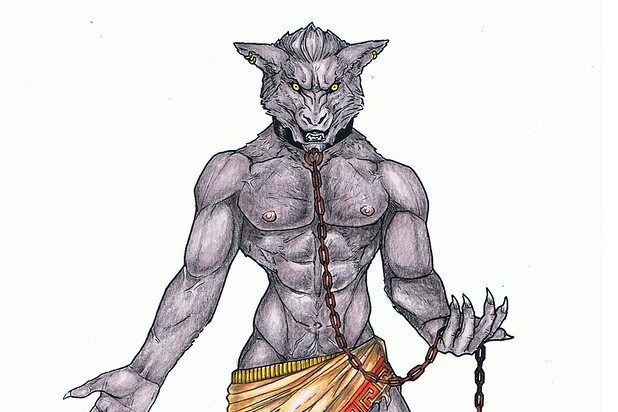
Long before Hollywood gave us abs and flannel-clad werewolves, there were whispered tales of warriors who turned into wolves by night. In ancient Arcadia—yes, real place, not just a poetic vibe—legends spoke of a tribe that struck a pact under a blood-red moon. The deal? Strength, speed, and savage power in exchange for a few… moral compromises. According to Greek historian Pausanias, King Lycaon served Zeus a very questionable meal—let’s just say the main course was people. Disgusted, Zeus turned him into a wolf, and boom—the first werewolf was born. This wasn’t just a punishment. It was a metaphor, a warning: give in to your primal instincts, and you might lose your humanity.
But this story wasn’t some isolated myth—it echoed in cultures across Europe, each one adding its own sinister twist. From cursed bloodlines to enchanted cloaks, everyone had a version of how man became beast. It begs the question: why were ancient people so obsessed with this transformation? Maybe because it was easier to blame a monster than admit what humans were capable of. And so, the myth of the man-wolf wasn’t just born—it thrived, fueled by fear, morality, and a deep fascination with the wild inside us.
The Beast of Gévaudan
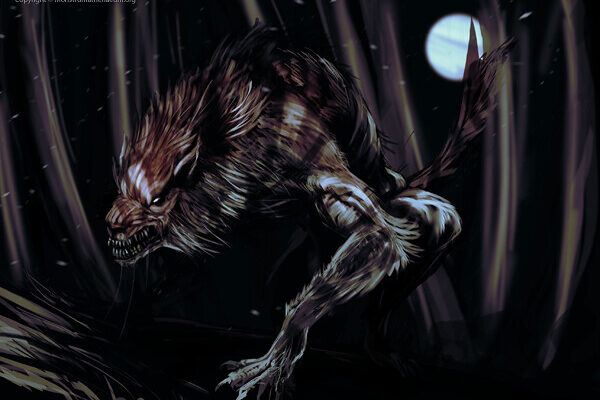
Fast forward to 18th-century France—peaceful meadows, ruffled collars, powdered wigs…and a giant wolf tearing people apart. The Beast of Gévaudan wasn’t your average forest predator. Witnesses said it walked on two legs, had human-like eyes, and could dodge bullets. Between 1764 and 1767, over 100 people were mauled in brutal attacks. Panic swept the countryside. Villagers whispered of a cursed man, a soldier turned beast, or even a royal experiment gone wrong. Was it a serial killer in disguise? A werewolf cloaked in superstition?
The French king eventually sent professional hunters, and though they claimed to kill the beast, attacks didn’t stop immediately. The creature’s identity was never confirmed, and theories range from hyenas to wolves crossbred with dogs. It was more than a killing spree—it was a psychological siege. The horror wasn’t just in the claws and teeth, but in the unknown. The Beast of Gévaudan became a national obsession, a symbol of terror, and a mystery that refused to be silenced. And like any good horror story, it left more questions than answers.
Skinwalkers
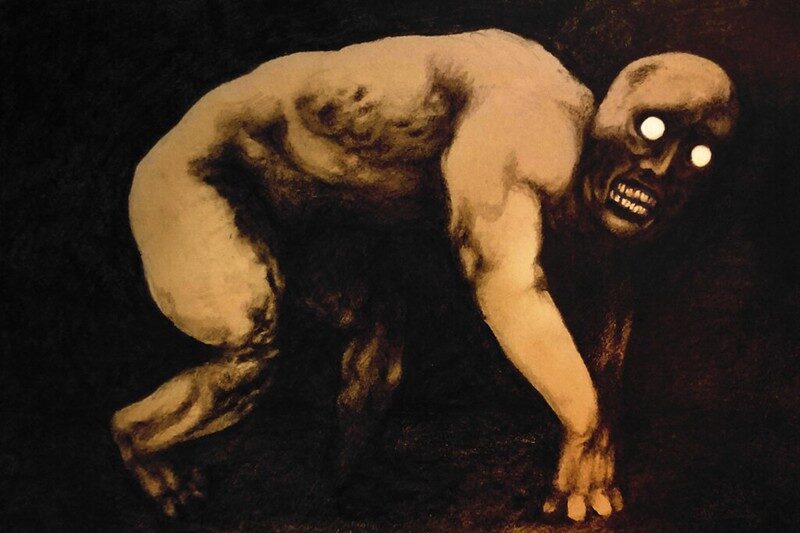
Cross the Atlantic and dive into the haunting tales of the Navajo Nation, where Skinwalkers steal the show—and sometimes your skin. These aren’t your growly, furry horror-movie wolves. They’re witches—evil medicine people—who can shift into any animal they want. The most feared? The wolf. According to Navajo legend, Skinwalkers gain their powers through unspeakable acts—like killing a close family member. Charming, right? But what makes these stories really spine-tingling is how detailed and consistent they are.
Locals report seeing creatures with human eyes, hearing footsteps that shift from two legs to four, and spotting wolves that vanish mid-sprint. Unlike Hollywood werewolves, Skinwalkers don’t need a full moon. Just darkness, malice, and maybe a touch of revenge. The fear isn’t just superstition—it’s deeply woven into community memory and taboo. Even today, the topic is often avoided in conversation, especially with outsiders. To the Navajo, Skinwalkers aren’t just stories—they’re warnings wrapped in fur and folklore.
The Werewolf Trials
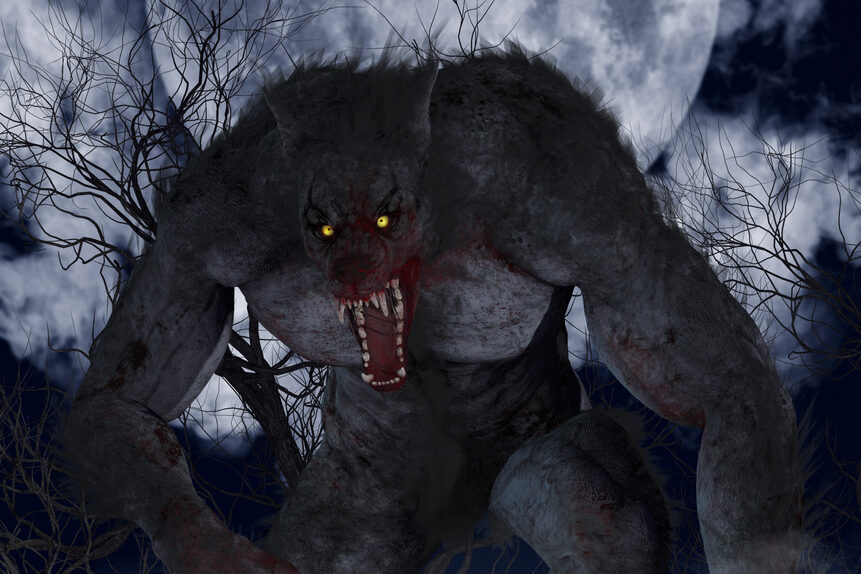
Everyone knows about the Salem witch trials—but did you know Europe had its own werewolf trials? Between the 15th and 17th centuries, hundreds of people were accused of being werewolves. Tortured, tried, and often executed. Their “crimes” ranged from having wolfish features (read: big eyebrows) to being caught in the woods after dark. In 1589, German farmer Peter Stumpp was accused of being a werewolf who made a deal with the devil. His confession—obtained under brutal torture—described a magical wolf belt and decades of gruesome murders. He was executed in one of the most brutal public spectacles of the time.
The fear of werewolves wasn’t just folklore—it was a political and religious weapon, used to target outsiders, loners, or just unlucky villagers. People were terrified of the wilderness and what lurked just beyond the firelight. And in a time when wolves still roamed freely, it wasn’t hard to blend real danger with imagined monstrosity. It was easier to blame the devil than accept a violent neighbor. These trials reveal more about societal paranoia than supernatural beasts. The real monsters were often holding the torches and writing the laws.
The Lunar Connection
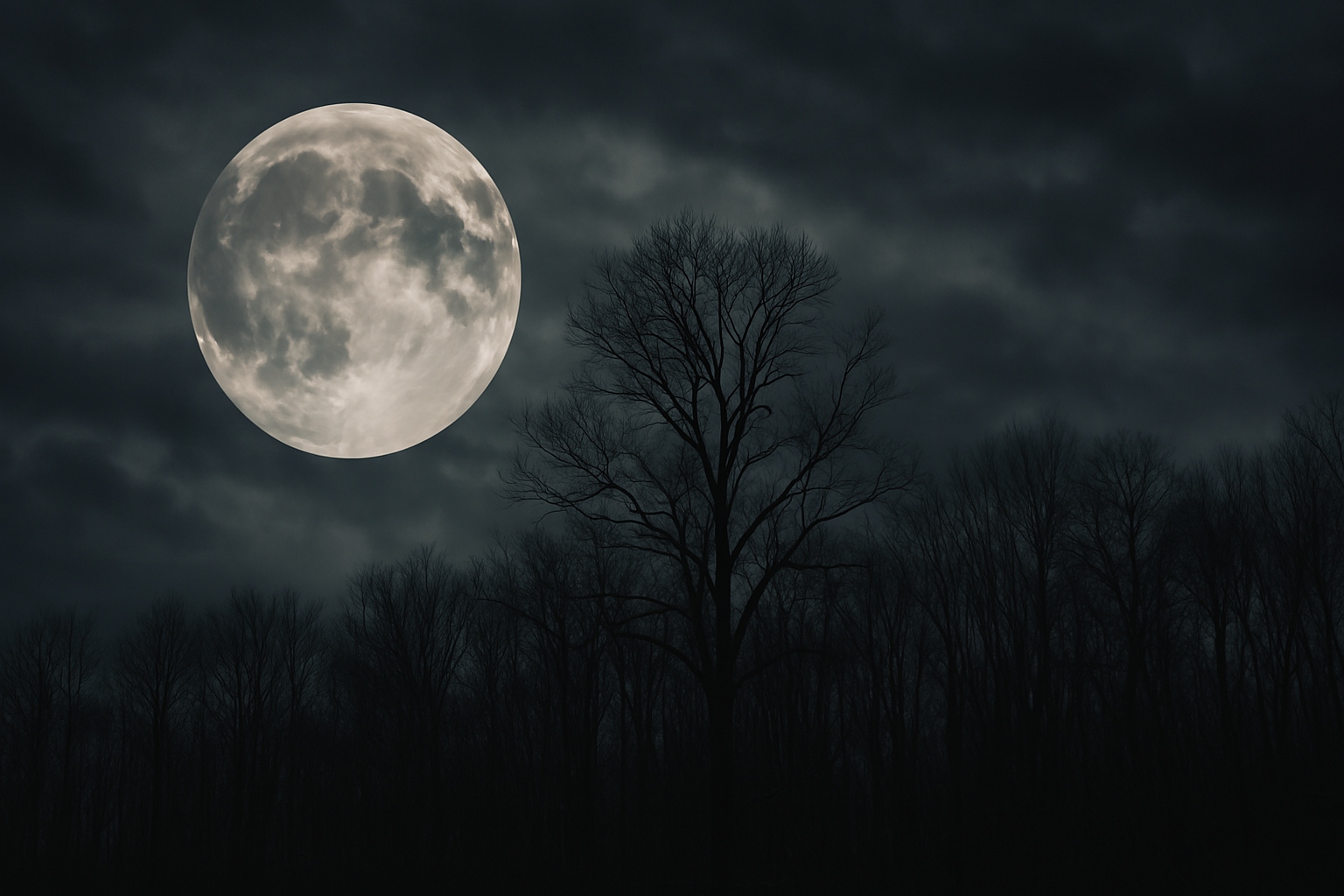
Why do werewolves always show up when the moon is full? Turns out, this one’s not just cinematic drama. Ancient cultures believed the moon influenced our behavior—especially our darker impulses. Hospitals and police departments still report spikes in bizarre behavior during full moons. Coincidence? Maybe. But throw in sleep disruption, increased light exposure, and a dash of suggestibility, and suddenly people feel… different. In folklore, the moon wasn’t just a backdrop—it was a trigger. A cosmic switch that peeled away our polite masks and let the beast out.
Even in modern science, the term “lunacy” comes from luna, the Latin word for moon—proof the link between madness and moonlight runs deep. For centuries, farmers, doctors, and poets alike have blamed full moons for sudden transformations—mental or otherwise. In werewolf lore, the moon isn’t just symbolic, it’s a celestial accomplice, urging you to lose control. It’s the moment the rules bend, and primal instincts surge. That eerie glow overhead doesn’t just light the forest path—it lights something inside us, too. And once that switch flips, who knows what’s waiting to come out?
The Wolf Inside Us
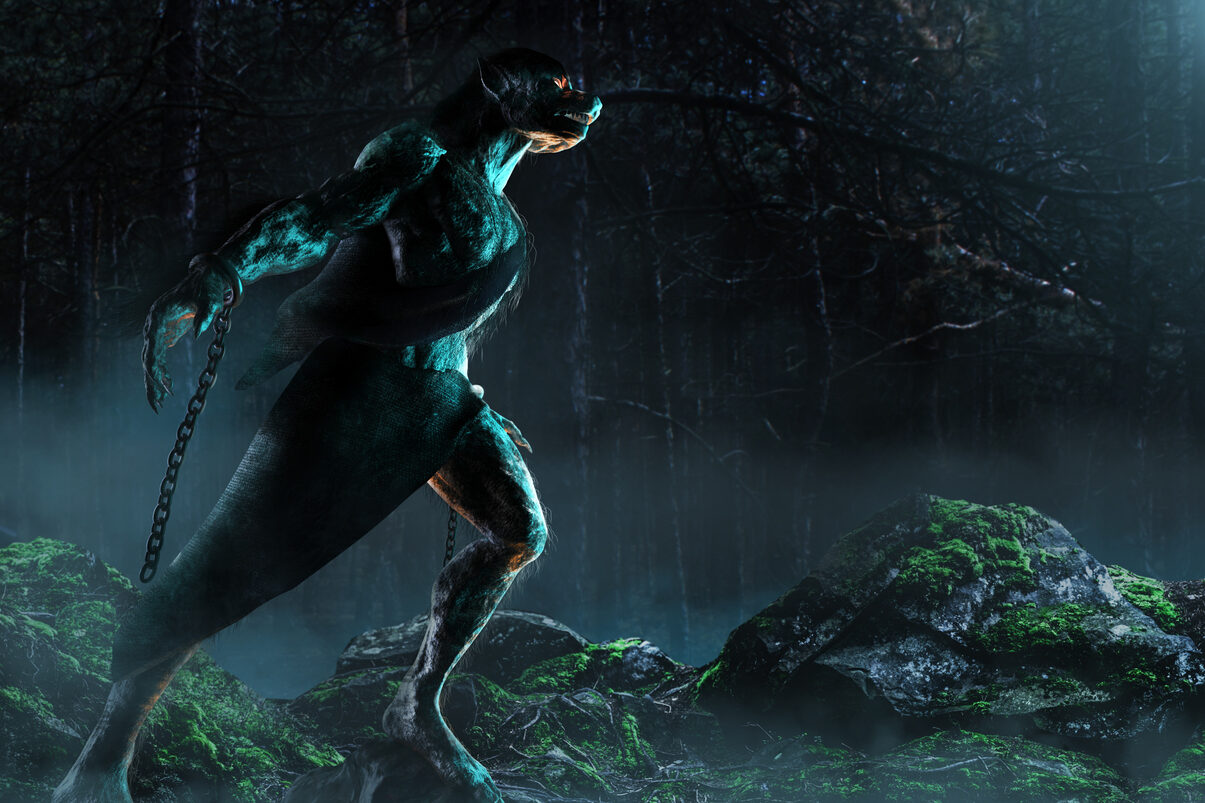
Let’s get a little philosophical here. Ever notice how werewolf stories always center around a good person hiding something monstrous? That’s not just spooky fiction—that’s metaphor. The werewolf is the part of us we don’t want to admit exists. The rage we suppress. The animal inside. Dr. Jekyll and Mr. Hyde. Hulk smash. That one time you lost your temper and scared yourself. Psychologists call it “the shadow self”—and the werewolf nails it.
It’s why these tales have stuck around for centuries—they’re personal, universal, and deeply uncomfortable. We all wrestle with impulses we’re ashamed of, and the werewolf gives us a name and a shape for them. It’s not just about fangs and fur—it’s about the fear that we’re not always in control. That sometimes, we are the thing we fear. The legend holds up a mirror to our darkest instincts and dares us to look. And deep down, maybe we do understand the beast, because it’s been sleeping in us all along.
From Folklore to Pop Culture
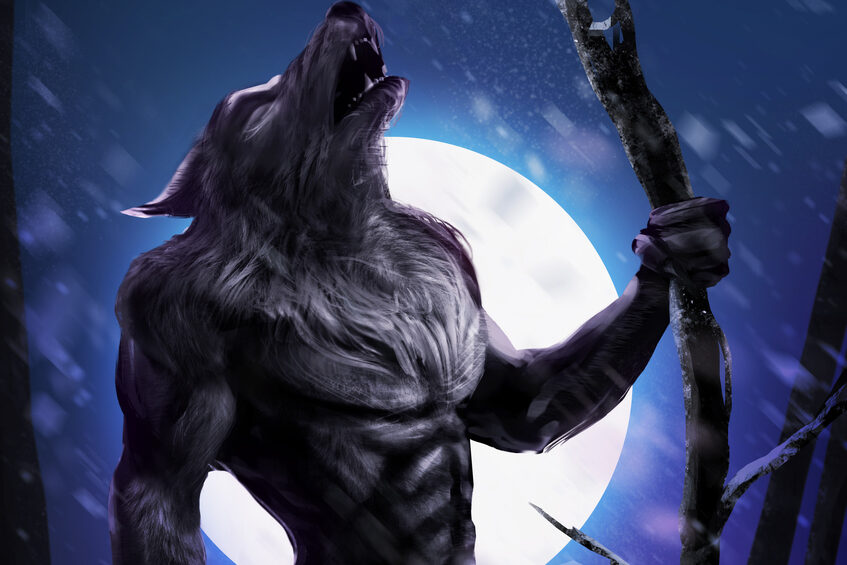
Now let’s fast-forward to today—where werewolves have traded raw horror for romance, teen drama, and six-packs. From Teen Wolf to Twilight to The Witcher, the legend has shape-shifted into something strangely relatable. Instead of monsters, werewolves are now misunderstood outsiders. The transformation? It’s puberty. Or heartbreak. Or a metaphor for trauma. We’ve humanized the beast—and in doing so, found empathy for it.
Werewolves now wrestle with identity, belonging, and emotional control—basically, they’ve become one big metaphor for growing up. Even their struggle between two worlds—man and beast—mirrors the tension we all feel between who we are and who we pretend to be. The fur and claws may have softened, but the power of the legend hasn’t faded. It’s just evolved with us. Because whether it’s a silver bullet or emotional baggage, we all carry something that makes us feel monstrous sometimes. And maybe, just maybe, telling these stories is how we tame the wolf without caging it.


